The word “router” is on the buzz today, largely due to the advent of mobile gadgets. Before the massive spread of smartphones, few families could afford to buy two or more computers, so Internet access was wired and direct – this wire from the provider was “stuck” into a computer or laptop. If there was both a desktop PC and a laptop, the first was connected to the Internet, and for broadcasting to a laptop, the computer was equipped with a wireless module. When it became obvious that there could be many consumers of wired and wireless Internet, routers (aka routers) began to migrate from expensive corporate devices to the household sector, rapidly becoming cheaper and becoming a mass product. But it would be naive to believe that the history of routers is so young, and today you will find out where it all began.

When did the first router appear?
Literally 20-30 years ago, when local networks began to appear massively in our country, the terms switch (hub), hub (switch) and router flooded the pages of specialized publications, causing confusion in the minds of most users. Therefore, we will briefly describe the main differences between the described devices from each other, in order to facilitate further narration about the evolution of routers.

Both a hub and a switch are a type of network device designed to combine several PCs into a single local network, under the control of a server or without it. In this case, the hub simply connects all computers, sending any received data packet to all other consumers, and the task of identifying it falls on the shoulders of a specific PC – it rejects or accepts it. Of course, the network traffic is congested and the data exchange rate is low. For a network of 2-5 PCs, this is still acceptable, but for a large network they began to use switches that can build a routing table and forward packets strictly according to their intended purpose.
A router, or router, is a type of hub that has an exit to the outside, to the Internet, that is, it is able not only and not so much to organize communication between devices on a local network, but between them and the outside world.
Attempts to connect several remote computers are, in essence, the history of the emergence of the Internet, as we have already written about. Attempting to connect multiple computers to a local network is about hubs and switches. And the devices that allow connecting both technologies are the history of the evolution of routers. And, as usual, it is sometimes extremely difficult to draw some kind of strict dividing line here.
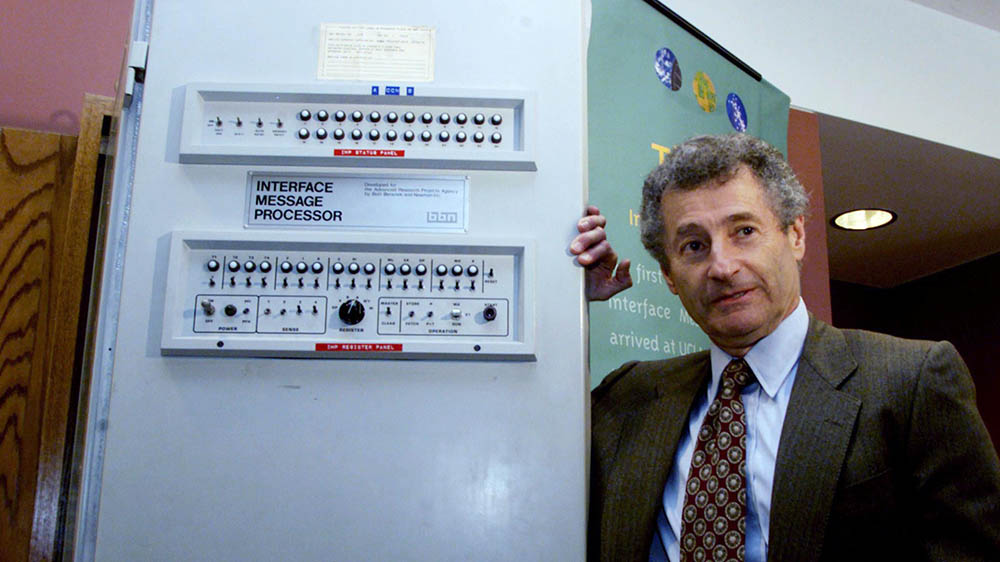
The appearance of the first analogue of concentrators dates back to the 60s of the last century. The Interface Massage Proccessor, developed by BBN under contract with ARPAnet, skillfully transfers data between computers at a speed of about 50 Kb / s.
It was only in 1980 that Bill Yager managed to invent the first multi-protocol router that supported both the DARPA / NSF architecture for Internet access and the protocols for transferring data within the local network. The Fuzzballs router had its own operating system, was reasonably compact, and came with applications that made it easy to test network protocols.
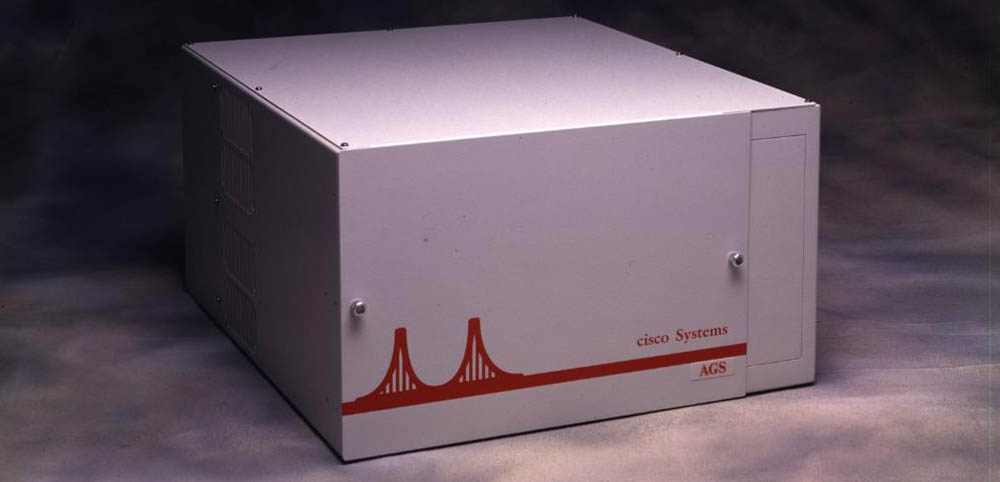
The baton was taken over by Cisco, which is considered a pioneer in the development of routers focused on using the increasingly popular TCP / IP / PUP protocols. The first brainchild of the company was the AGS router (1986), which did not cause a furore, but gave impetus to the further development of the line, and real recognition came with the advent of the Cisco 7000 series (1993), which became the benchmark for building corporate networks.
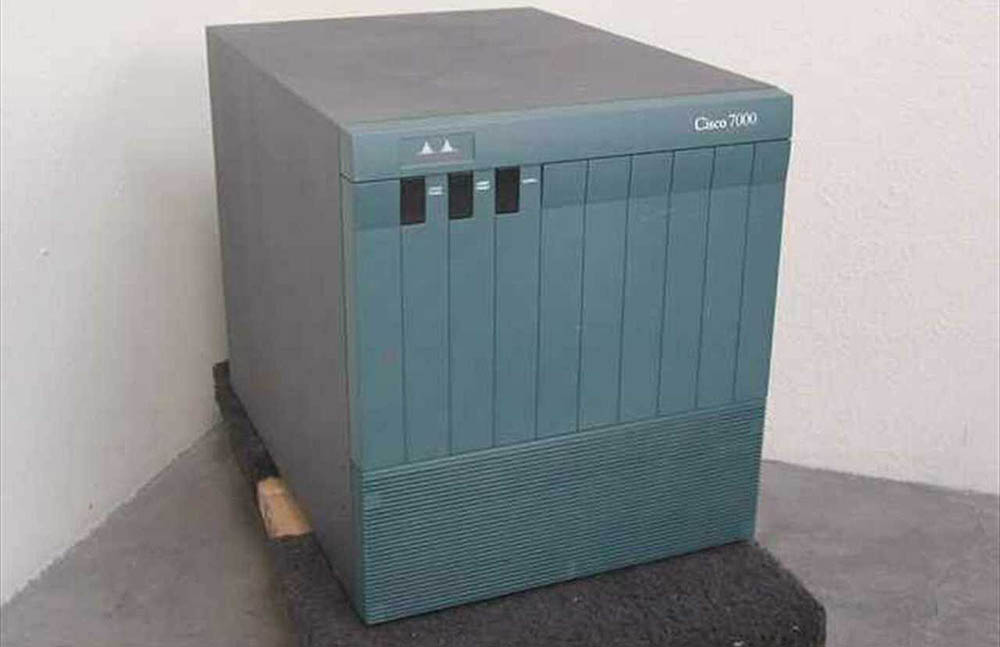
Wi-Fi routers were invented in 1991, when the first wireless router was developed in the United States using the 2.4 GHz frequency and transmitting data at a speed of 2 Mb / s. The real breakthrough came with the adoption of the 802.11 standard, which allowed AT&T to bring a device to the market in 1998 at the same speed, but unified, which solved the compatibility problems at the device level.
Two years later, the first devices supporting the improved 802.11b protocol appeared on the market. They worked at the same frequency and were able to transfer data at speeds up to 11 MB / s.
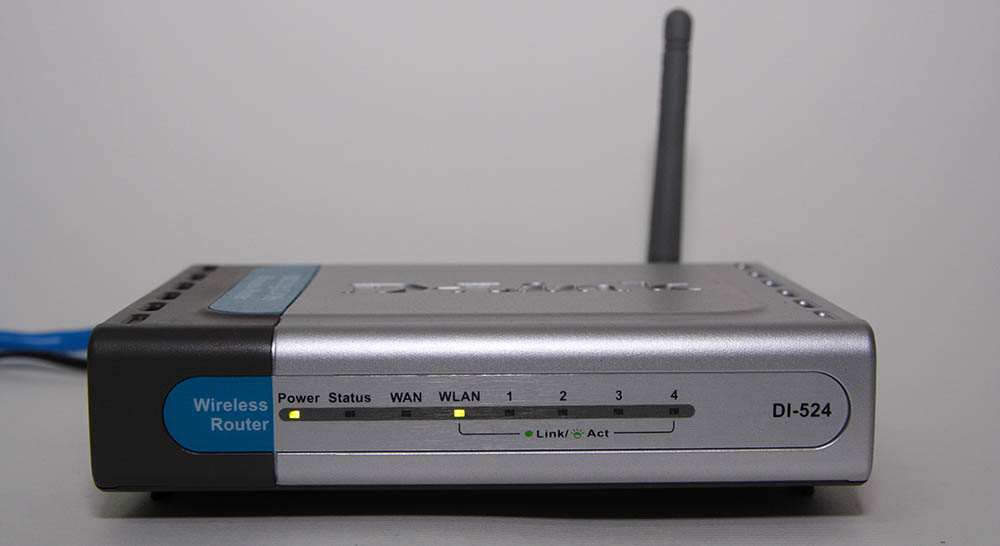
Evolution stages
It is believed that the history of the router is inextricably linked with the general trends in the development of the computer industry. A powerful impetus was given by the invention of semiconductors and the further miniaturization of semiconductor devices, the appearance of chips and microcircuits. IP-enabled network routers were getting smaller and cheaper.
Since the time when the first router appeared, the data transfer rate has also grown significantly – within local networks using the Ethernet protocol, already in the 90s, it became possible to exchange data at speeds up to 1000 MB / s.
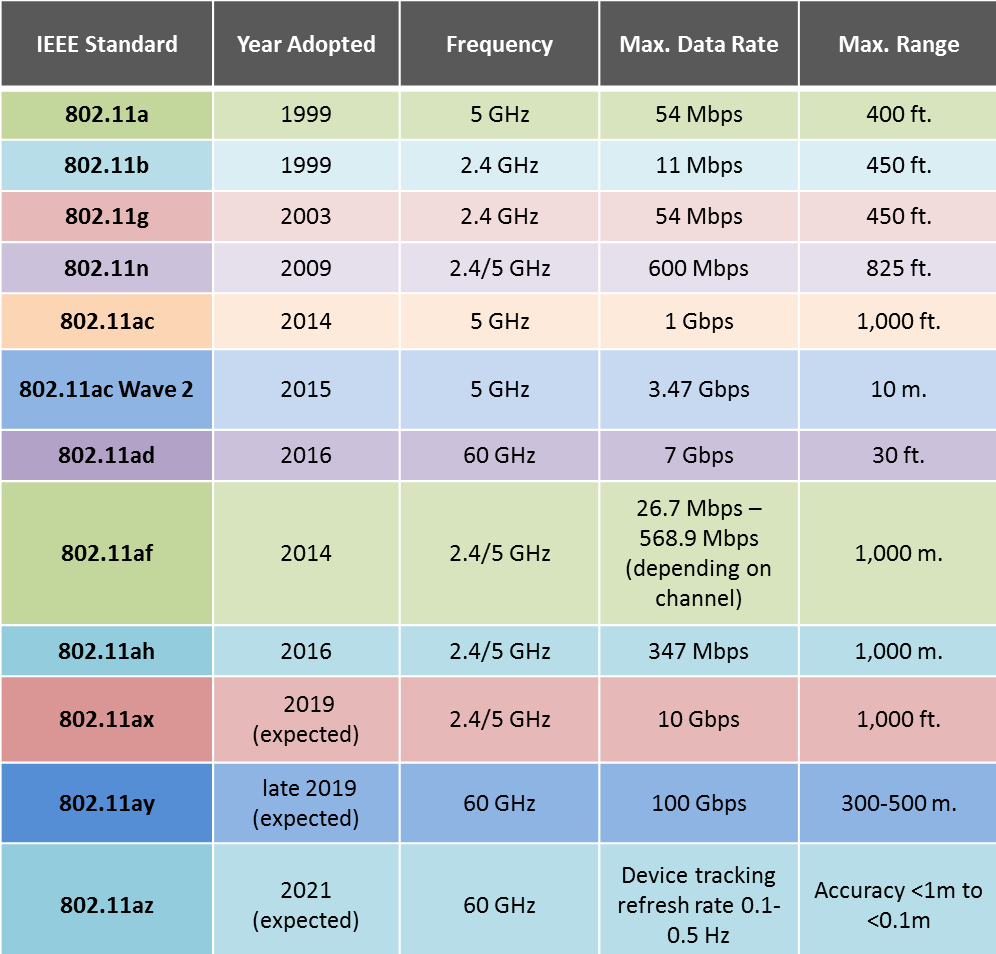
True, this cannot be said about external channels – the long distances affected, for which expensive repeaters and other active equipment had to be used. In short, high-speed internet was too expensive and unreliable. The situation began to change with the active proliferation of fiber-optic channels that do not have range restrictions.
At the turn of the millennium, the problem of routing external and internal packets received an alternative solution – in the form of specialized operating systems. The most prominent representative of such OS is Vyatta, created on the Debian kernel. Of course, there was no question of the massive nature of such an approach – medium and even more small companies could not afford to have specialists with sufficient experience and knowledge to support such servers.

As for the further development of routers with a wireless module, the history of Wi-Fi routers is closely related to the improvement of standards. So, in 2002, the 802.11a standard was approved, which expanded the capabilities of routers both in terms of increasing the data transfer speed to 54 MB / s and adding the 5 GHz band.
The 802.11g specification, approved in 2003, added support for the WPA encryption protocol, which significantly increased the security of using routers. In 2009, the 802.11n standard appeared, which made it possible to bring the data transfer rate over the air to 600 MB / s, and in 2014 the version of the 802.11ac protocol reached the level of 1 GB / s. The 802.11it specification, released in 2016, allows you to equip routers with a Wi-Fi module capable of operating at speeds of about 7 GB / s.
Modern achievements
What is the situation in the home router market today? It should be noted that the most modern technologies are being introduced gradually, and this thesis is clearly manifested in the field of using routers. Fiber-optic infrastructure is developing rapidly, but it is not able to provide total coverage of huge territories. Bye. And where there is no fiber optic, ADSL routers are used, in which the input port is oriented towards the telephone line. Yes, there are problems with speed, but at least something is better than nothing.
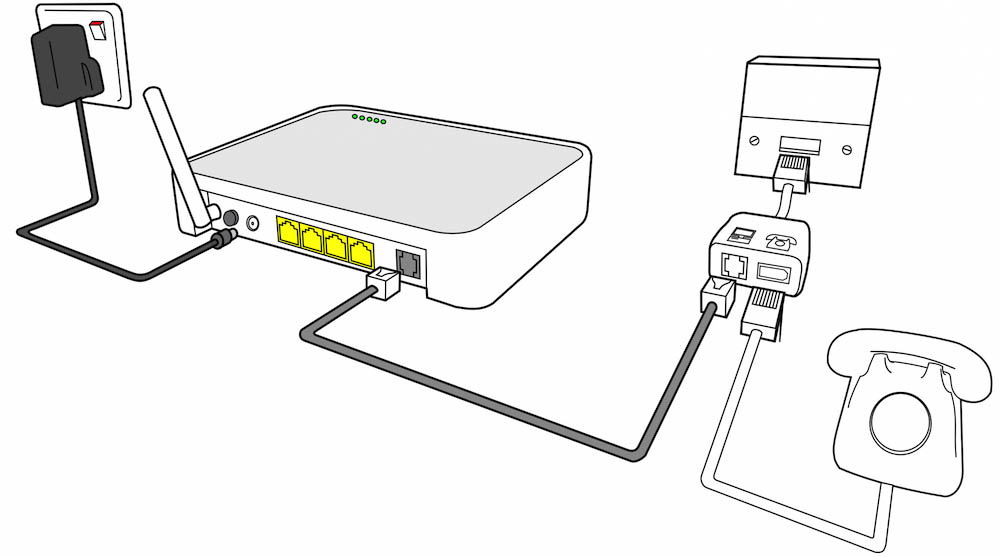
Just 5 years ago, routers using Ethernet technology were the most widespread, but today they are quite actively replaced by devices capable of receiving data over fiber optic cable. However, with the use of additional equipment that acts as an adapter between the fiber optic and the LAN port. Pure fiber optic routers are expensive and rarely used.

With regard to wireless capabilities, the situation here is ambiguous: the transmission speed is growing, and often it exceeds the input speed of the Internet. For example, models are already being sold with the ability to wirelessly transfer data at speeds up to 1 GB / s in both bands simultaneously. With a WAN port speed of 100 MB / s, this is really irrational, if you do not take into account the possibility of transferring large amounts of data at high speed within the home network.
We also note that even the most budgetary modern routers offer many additional features such as connecting network printers, exercising parental control (setting Internet access times for specific devices), filtering traffic (although firewalls and antivirus software successfully cope with this function). Almost any home router can be used as a repeater, increasing the range of the Wi-Fi network to the desired size.

And this is not a complete list of functions that routers are equipped with. It is to be expected that their evolution will take place in all three directions – an increase in functionality, an increase in the speed of Internet access and the speed within the home network.